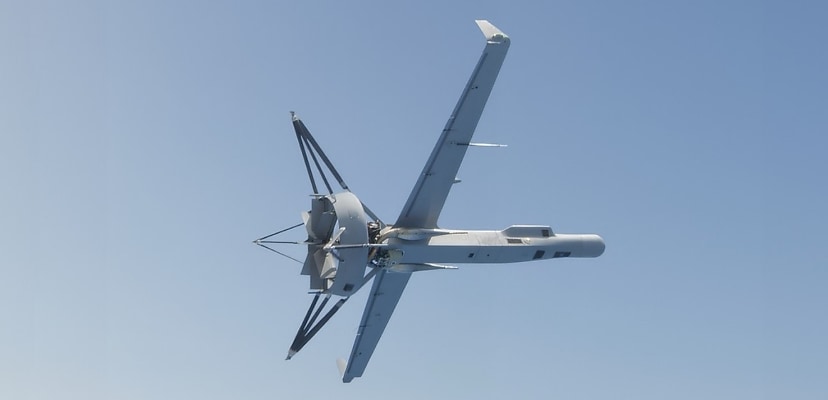Share this article on:
Powered by MOMENTUMMEDIA
Powered by MOMENTUMMEDIA
Breaking news and updates daily.
Deep-tech defence company Shield AI has encouraged the Australian government to get involved early to reap the most benefit from its cutting-edge Hivemind-enabled systems.

Shield AI discussed its Hivemind system, designed to operate alongside human decision-makers, reduce load on personnel operators, and leverage real-time data and geospatial insights, on the sidelines of the recent Australian International Airshow 2025 in Melbourne.
The Hivemind Enterprise suite is composed of AI-powered autonomy software products designed for rapid development, testing and evaluation, and deployment across warfare domains.
Vice-president of Hivemind Engineering at Shield AI and former US Air Force avionics specialist, Christian Gutierrez, speaking to Defence Connect at Avalon 2025, said rapid developments are being made in AI-enabled systems for defence.
“Look, the Australian market is a lot like the US, there are a lot of the same industry partners. A lot of the same weapon systems. Trying to solve the same problems, and we can do that,” he said.
“(Avalon) it’s a great venue to meet industry partners to see what’s going on with some mixed technology, see what’s out there, and also be cognisant that we’re looking to really increase our footprint here in Australia.
“We’re excited (to work with the ADF and Defence) and they’re very energised to adopt this technology. We have a lot of lessons learned through partnering with the US Air Force, the US Navy and the journey we went through with them. And we’re still going through the journey with the US Department of Defense. So I think that there are a lot of reference points that we can bring in.
“The industry and the customer have come along for the ride, right? No developmental technology has ever been fielded without the customer being there as early adopters and having that early touch.
“(If Australia) want to be a part of that early touch point and make sure that we’re building something that solves the problem they are concerned about.
“We know that this is the right time to start investing in this. Let’s bring the customers on that journey. Let’s have them help, influence and develop.”
The venture-backed defence technology company has also recently announced that the latest evolution of its Hivemind pilot-ready V-BAT vertical take-off and landing unmanned aerial vehicle will offer Group 4 and 5 capabilities in a Group 3 package.
The aircraft is designed to find and target threats in GPS- and communications-denied environments and provide persistent maritime surveillance.
“The most forward-thinking militaries are swapping out their larger, more expensive ISR aircraft, which are too vulnerable for how much they cost, and accomplishing the same missions with smaller, more affordable drones, like V-BAT,” said Brandon Tseng, Shield AI’s president, co-founder, and a former Navy SEAL.
“V-BAT is built for the full spectrum of drone missions – from deep-penetration ISR-T where GPS and comms are jammed to border security, search and rescue, and drug interdiction. If there’s a mission out there, V-BAT can do it – faster, cheaper, and where others can’t.”
The latest iteration of V-BAT will reportedly achieve endurance beyond 13 hours, compatibility with naval and expeditionary operations, a heavy-fuel engine optimised for JP-5 (maritime aircraft fuel), and a fully unassisted vertical launch and landing capability, requiring no runway, catapult, net recovery, or human operator assistance on take-off or recovery.
The US Coast Guard recently selected V-BAT for a major ISR operations contract and the Japan Maritime Self-Defense Force named it its first-ever ship-based ISR platform.

David Hollingworth has been writing about technology for over 20 years, and has worked for a range of print and online titles in his career. He is enjoying getting to grips with cyber security, especially when it lets him talk about Lego.
Be the first to hear the latest developments in the cyber industry.